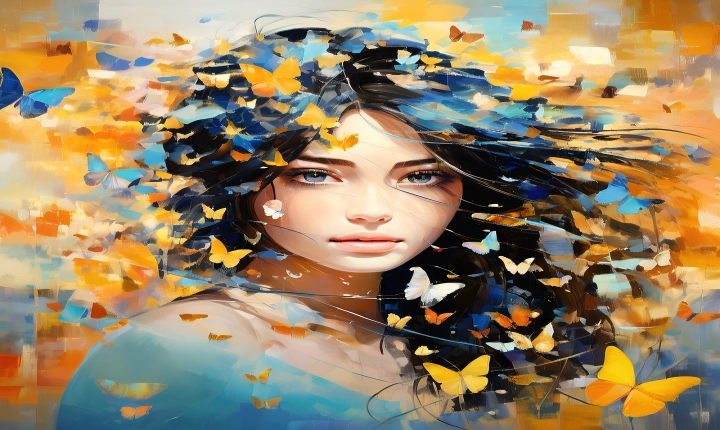Title: Exploring the Mechanics of AI-Generated Images
Artificial Intelligence (AI) has made remarkable progress in recent years. One of the fascinating applications of AI is its ability to generate images, which has unlocked a world of possibilities in various fields such as art, design, and technology. The process through which AI generates images is a complex interplay of algorithms, data, and neural networks, which has revolutionized the way we perceive and create visual content.
At the core of AI-generated images is the concept of Generative Adversarial Networks (GANs). GANs are a type of machine learning model consisting of two neural networks – the generator and the discriminator. The generator is responsible for creating new images from scratch, while the discriminator evaluates these images and determines whether they resemble real images or not. Through a process of iteration and competition, the generator learns to create increasingly realistic images, while the discriminator becomes more adept at distinguishing between real and generated images.
The key to the success of GANs lies in the training data. Large datasets of real images are fed into the GANs, allowing the networks to learn the patterns, features, and structures of these images. This process enables the generator to understand the characteristics that make an image look natural and realistic. As a result, the generated images produced by GANs exhibit an impressive level of detail, complexity, and resemblance to real-world visuals.
Another significant advancement in AI-generated images is the use of deep learning techniques, particularly convolutional neural networks (CNNs). CNNs are specialized neural networks designed to analyze visual data, making them well-suited for tasks such as image recognition and generation. By leveraging the hierarchical structure of CNNs, AI systems can learn to generate images that exhibit a greater level of coherence, context, and semantic understanding.
The generation of images by AI is not limited to replicating existing visuals. Creative AI systems have been developed, allowing the generation of entirely new and unique images. These systems are capable of understanding aesthetic principles, artistic styles, and even human emotions, enabling them to produce images that evoke a wide range of visual experiences. Whether it’s generating abstract art, landscapes, portraits, or even designing products, the potential applications of AI-generated images are endless.
AI-generated images have also found practical use in areas such as graphic design, advertising, and virtual reality. Designers and artists can harness the power of AI to quickly prototype and explore a wide range of visual concepts. Advertisers can utilize AI-generated images to create personalized and targeted content, while virtual reality developers can leverage AI to generate immersive and realistic virtual environments.
However, the development of AI-generated images is not without its challenges. Ethical considerations, such as the potential misuse of AI-generated content for misinformation or propaganda, must be carefully addressed. Additionally, ensuring that AI-generated images respect copyright and intellectual property rights is an ongoing concern that requires attention from both technologists and policymakers.
In conclusion, the ability of AI to generate images represents a significant leap forward in the field of computer vision and has far-reaching implications for various industries. The intricate interplay of GANs, deep learning, and neural networks has paved the way for AI systems to create visually stunning and realistic images. With ongoing advancements in AI technology, the future of AI-generated images holds great promise for innovation, creativity, and visual storytelling.
